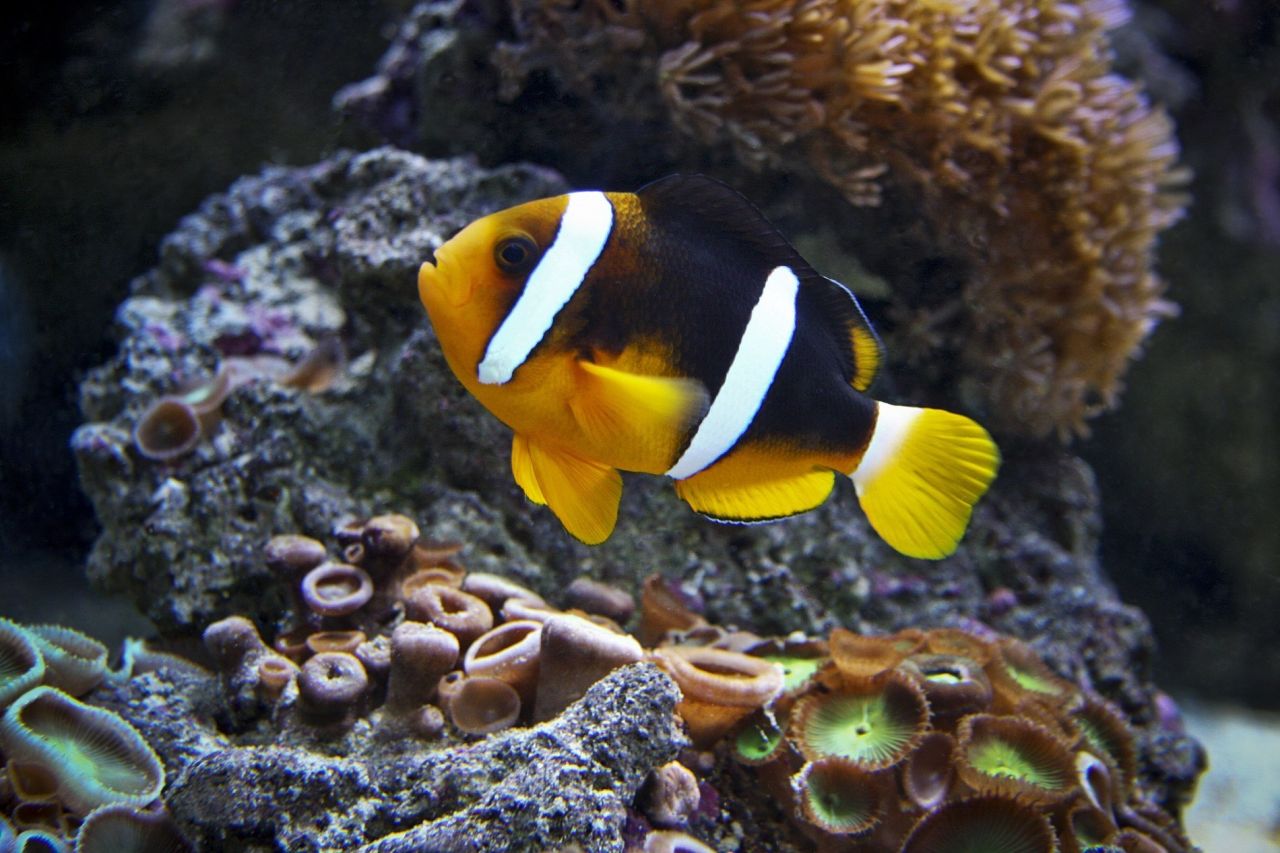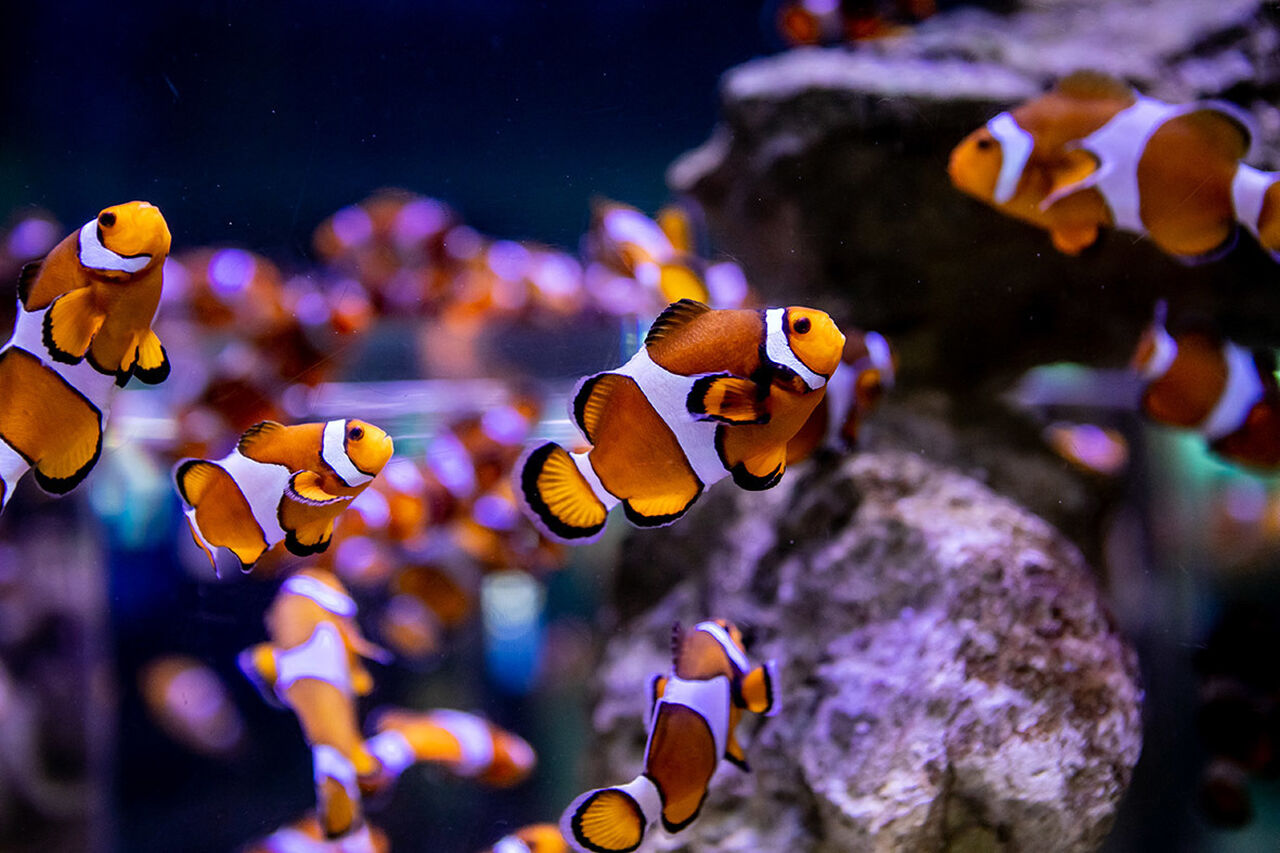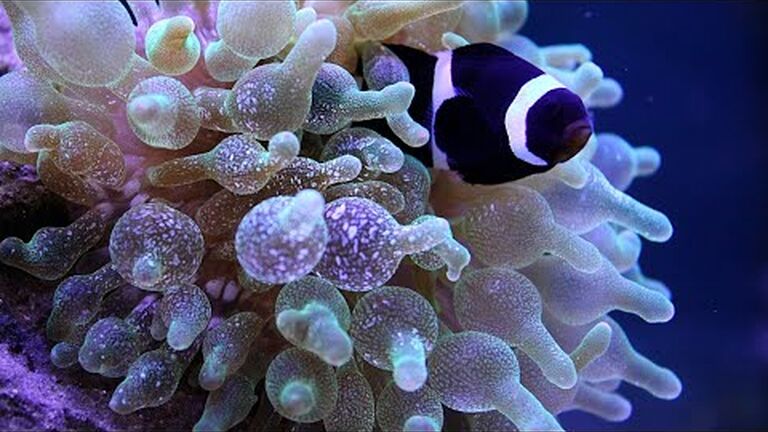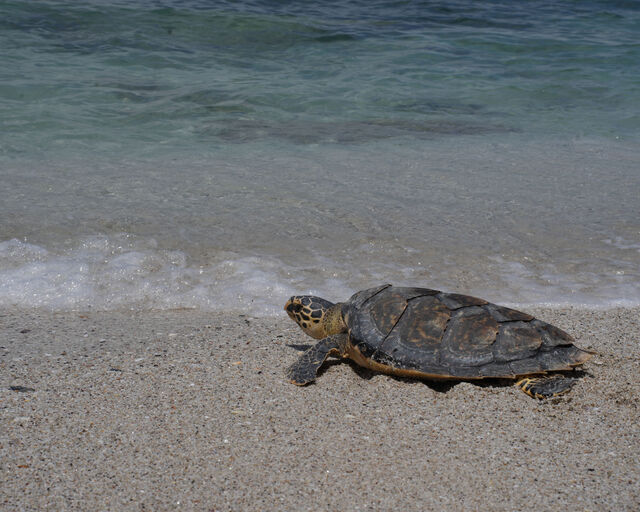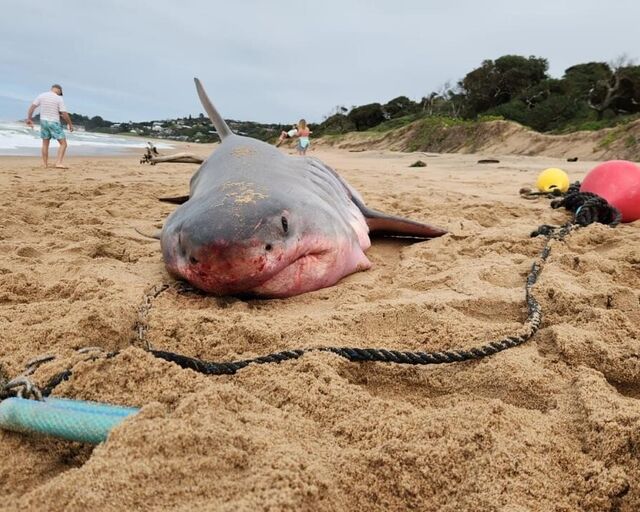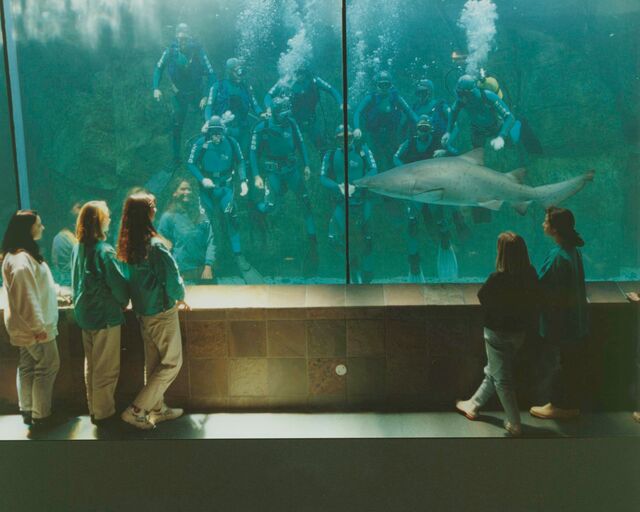Ever since Finding Nemo came out back in 2003, everyone has become a clownfish expert - you can easily recognise their orange and white colours in our Skretting Diversity Gallery, and you probably already know that they are covered in a layer of slime that allows them to live inside sea anemones without being stung. But, that's just the beginning - there's a lot more to these little fish that you may not have realised:
They aren't all orange and white
If you close your eyes and picture a clownfish - you probably picture something like the one here:
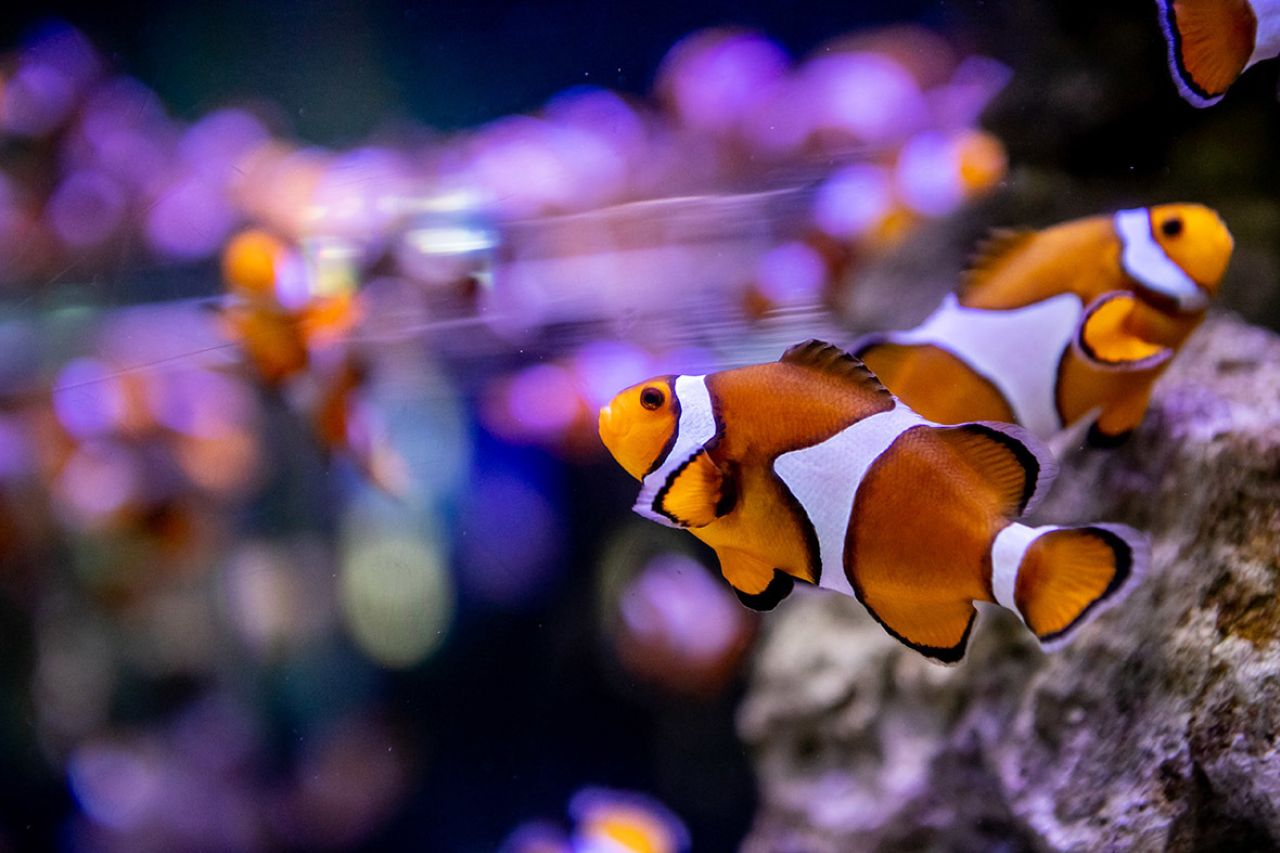
That's an ocellaris or Western common clownfish - and those colours are indicative of the Red Sea and East African ones only. The fact is, that there are at least 30 different species of clownfish, all with lots of regional variation in colour and pattern - and black, pink, red and even blue clownfish are pretty common in the wild!
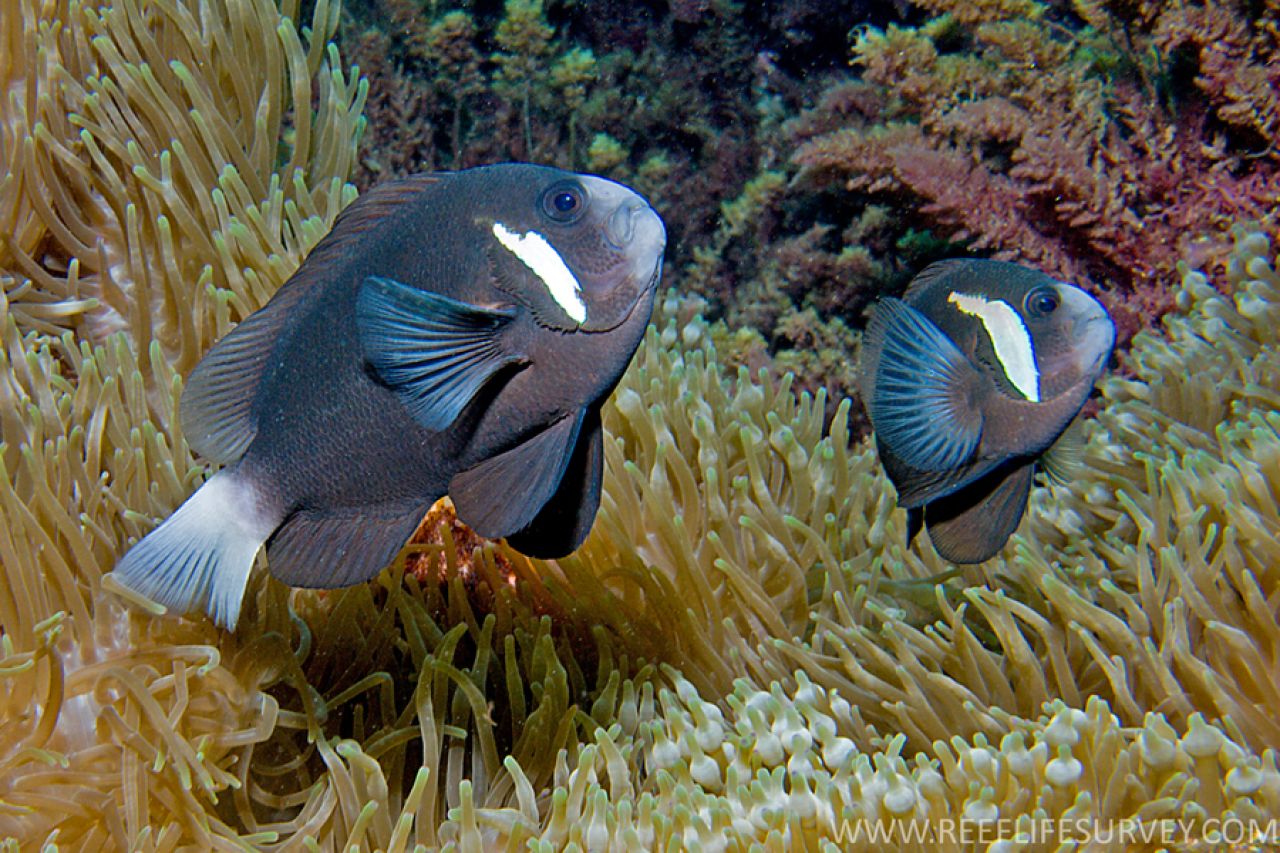
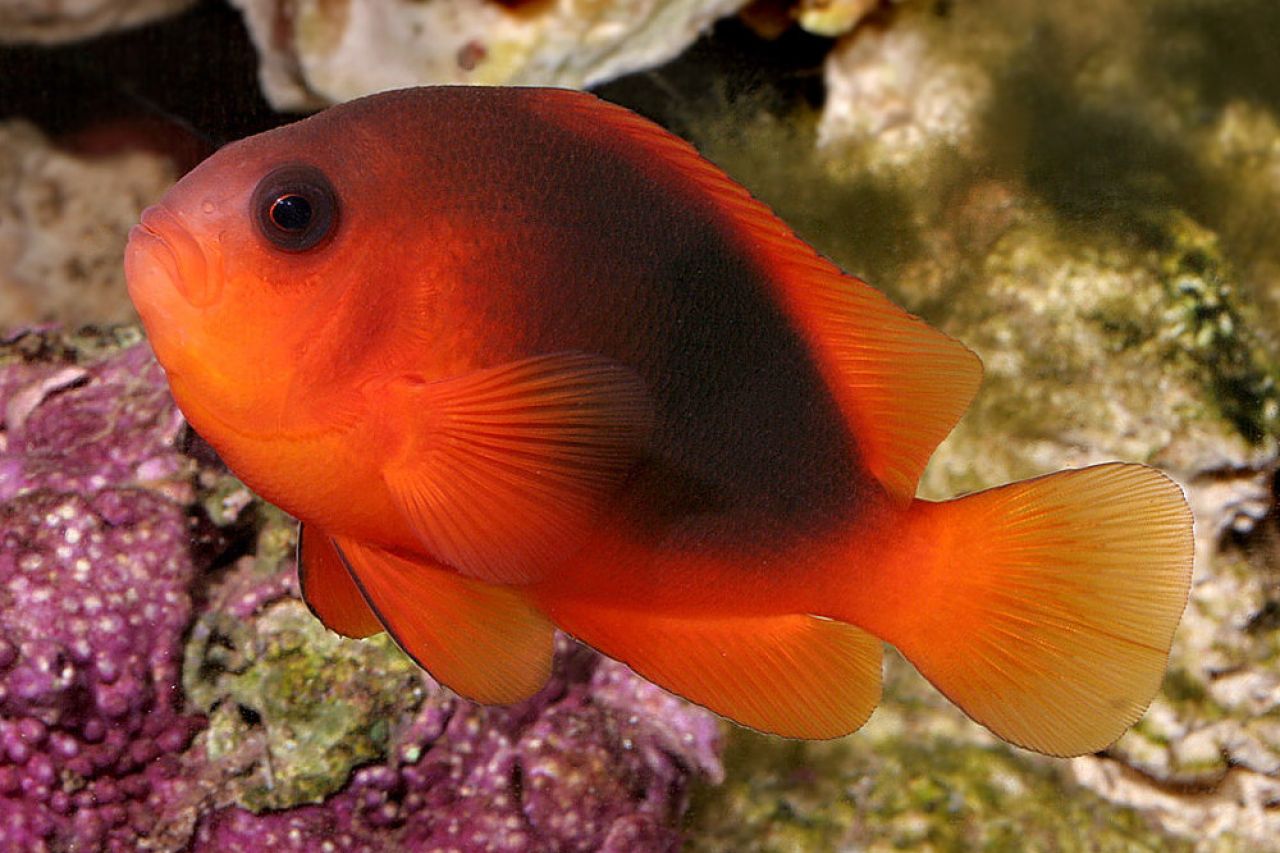
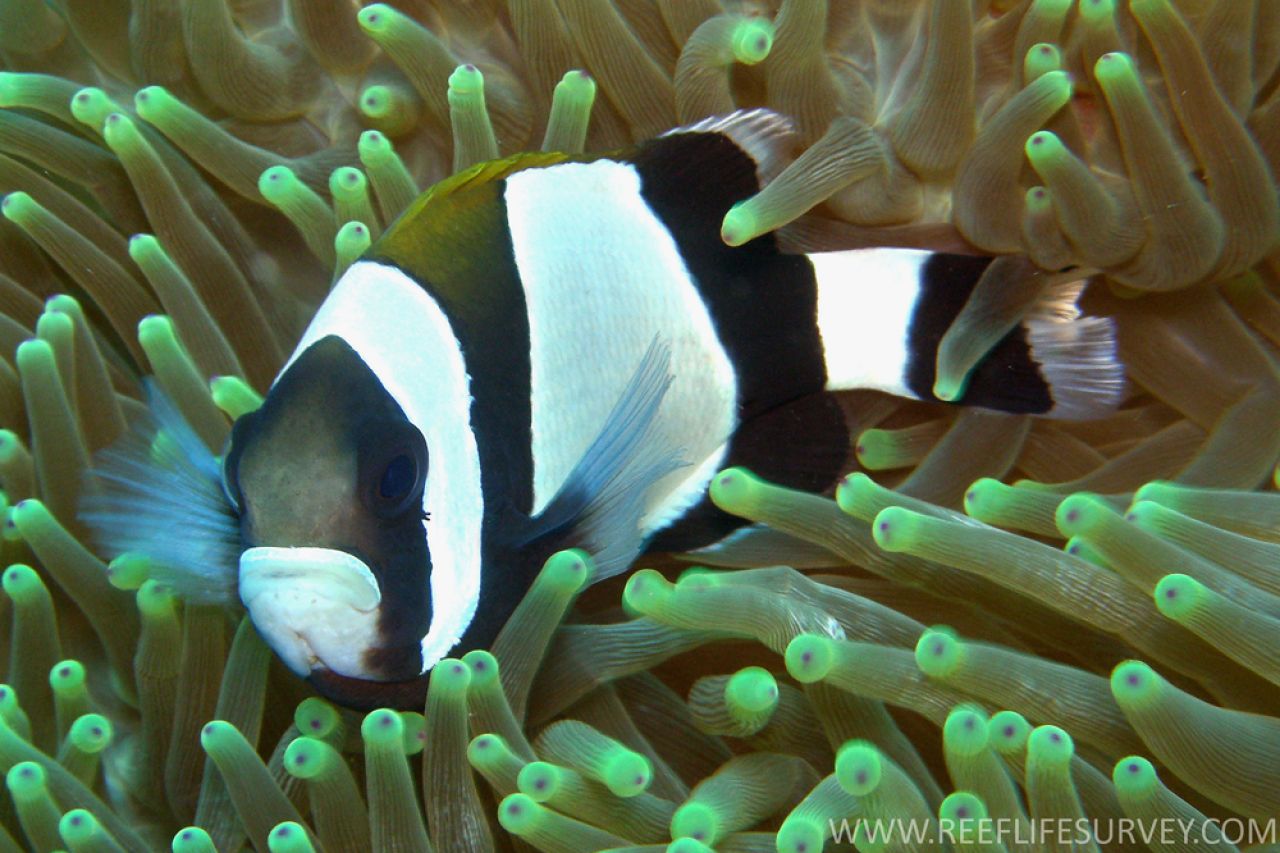
They are the ultimate omnivores
Because their lifestyles tie them to a small area around their home anemones, clownfish need to be able to eat a wide variety of food to take advantage of whatever is available. For this reason, all but one species of clownfish are omnivores.
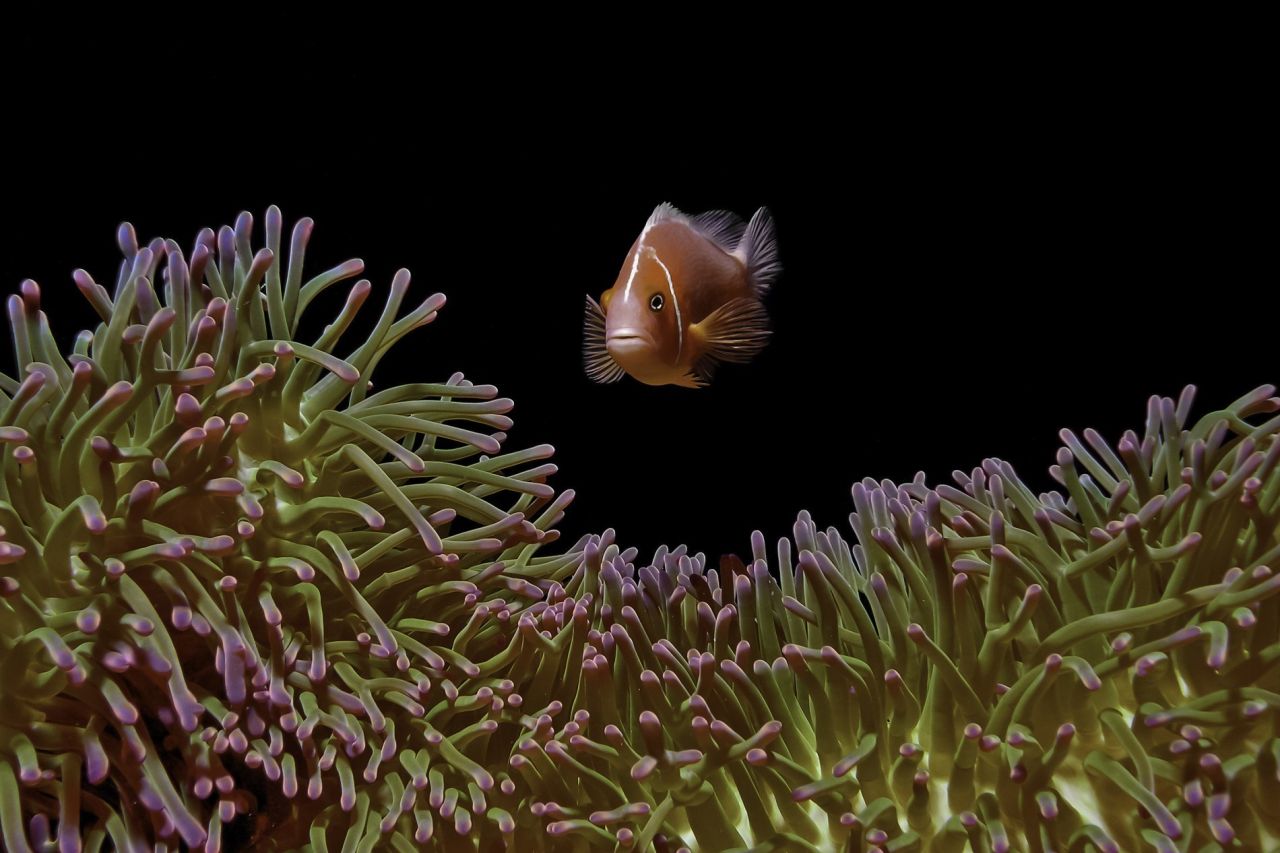
The majority of their diet consists of tiny animals called zooplankton that drift past them, but they also eat fragments of algae, dead or injured tentacles of their home anemone and will even eat the partially undigested poop of the anemone!
Anemones are healthier if they have a clownfish living in them
You probably already know that clownfish choose to inhabit sea anemones, and are thus protected by the anemone's stinging tentacles, whilst remaining unharmed themselves. But what does the anemone get out of it?
Clownfish help protect the anemone from parasites and predators that it cannot deter itself. The poop of the clownfish, as well as the stirring they create in the water around the anemone, stimulates algae growth inside the anemone, which allows it to become more brightly coloured, and thus better able to attract microscopic prey.
In short, anemones with healthy clownfish symbionts tend to grow bigger and have faster metabolisms than their clownfish-free counterparts!
All clownfish are born male - and dads become moms eventually
Clownfish are sequential hermaphrodites. In a given group of clownfish, you'll typically find one large female, a large male that is her breeding partner, and several juvenile males that simply help protect the group.
If the female dies, the breeding male will change sex to become the new female, and the largest of the juveniles will mature to become the new breeding male. Other juveniles may or may not join the group from the outside, provided they are smaller than those in the existing pecking order.
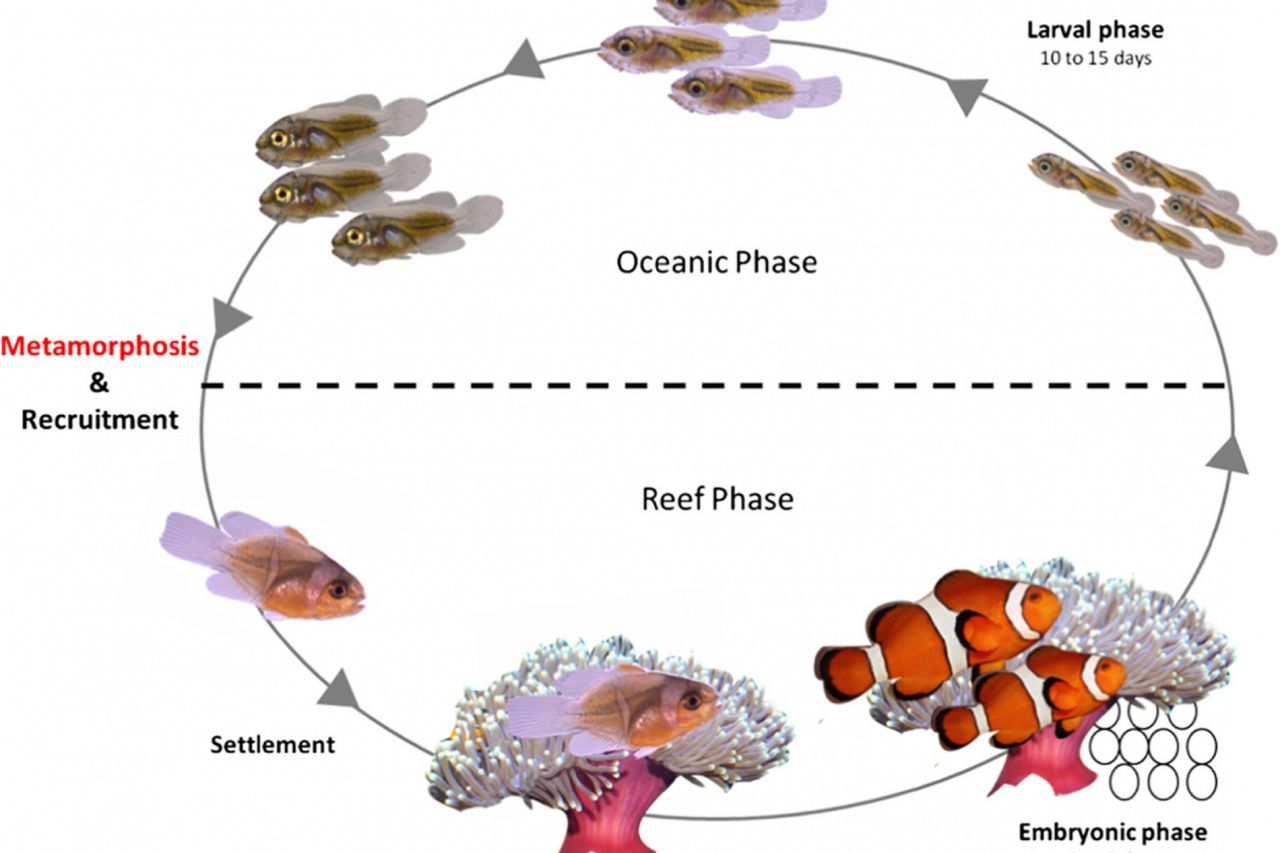
They don't grow up in the anemone
Following the lunar cycle, the breeding pair of clownfish will clear a small circle on a flat surface somewhere near their home anemone, where hundreds of eggs are laid. The male will then remain with the eggs for about a week, guarding and cleaning them continuously.
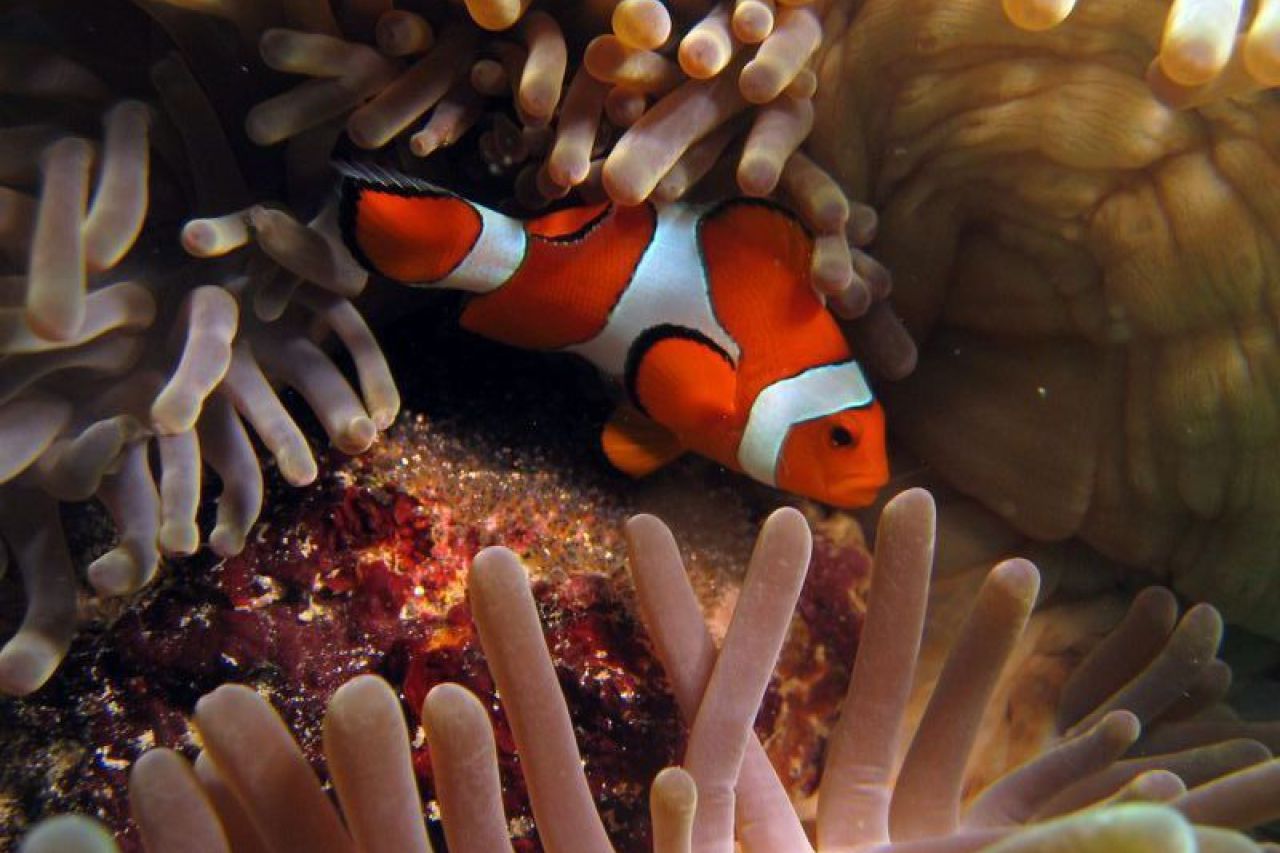
The timing of spawning means that all the eggs will hatch at night close to either a new moon or a full moon - times when tides tend to be highest and currents the strongest. This allows the larvae to be swept far and wide before predators can spot them, improving their chances of survival.
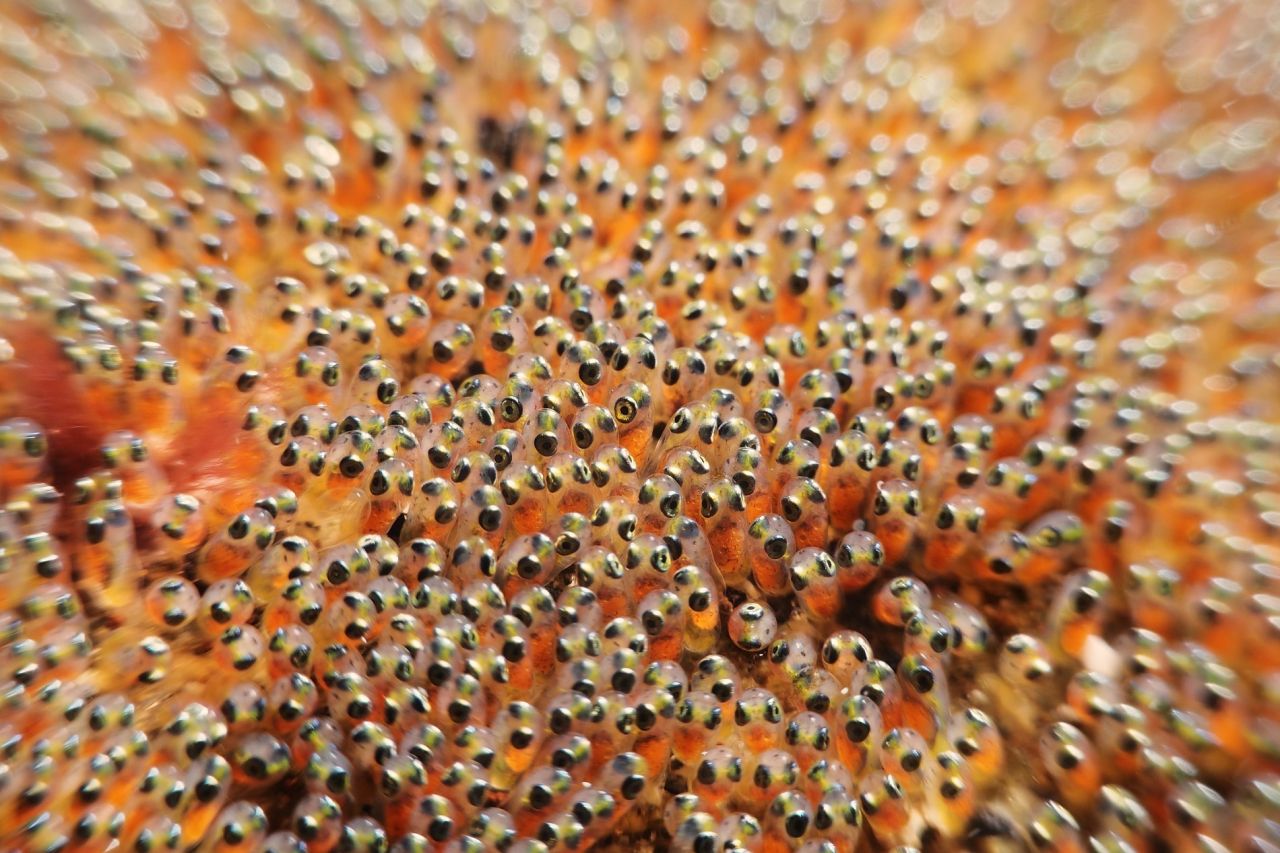
These tiny clownfish larvae will feed on microplankton until they are large enough to establish themselves near the reef - whereupon they will either try to join an existing group of clownfish, or will start a new group with other juveniles around an unoccupied anemone - the largest two becoming the new breeding pair.
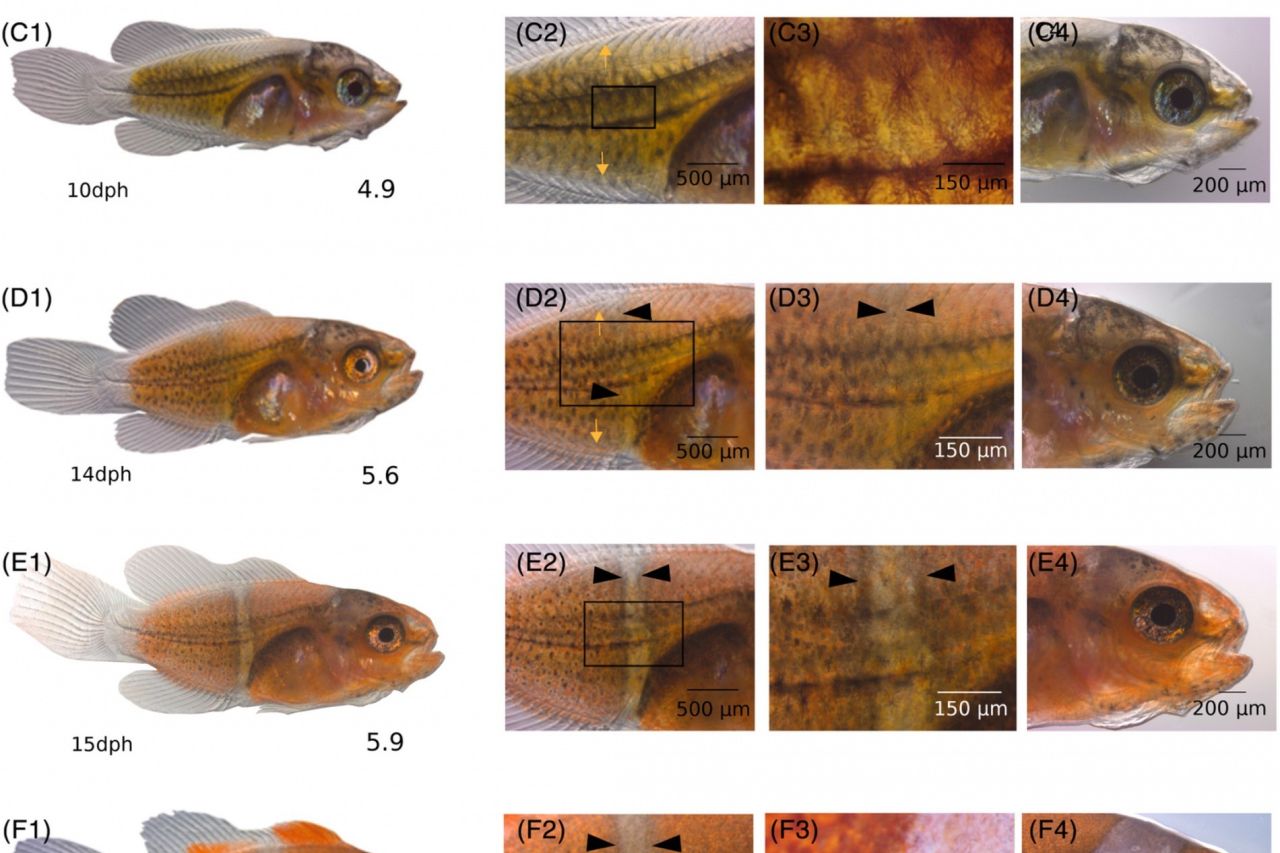
Did you know that there are actually three different kinds of clownfish at the Two Oceans Aquarium? See if you can spot them all on your next visit!
